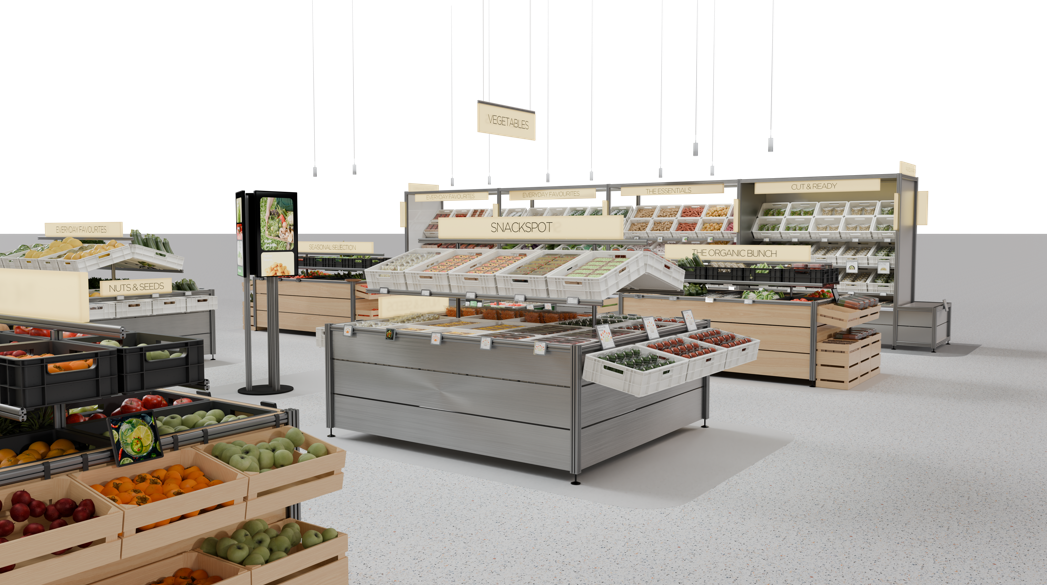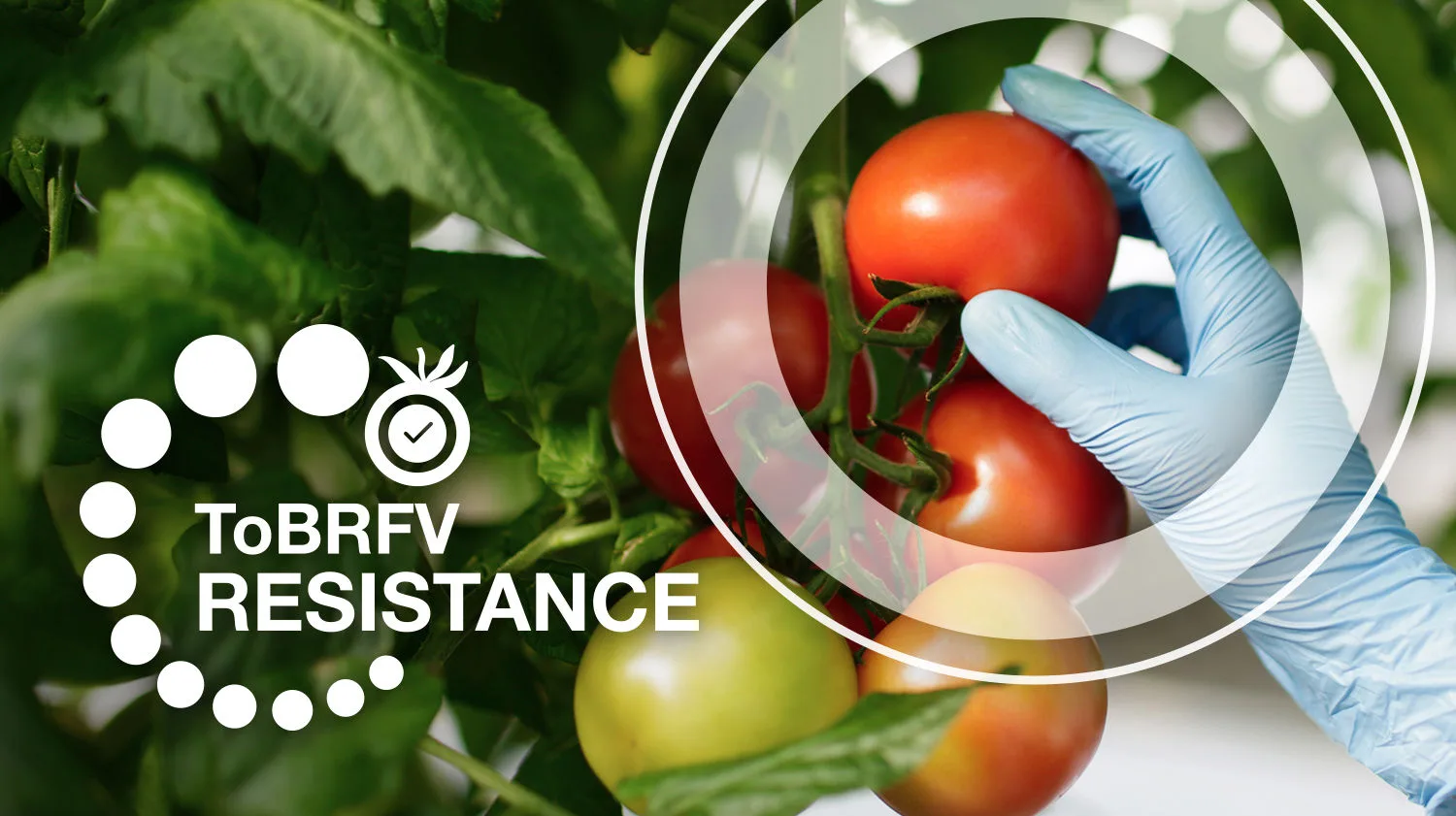Bayer De Ruiter is introducing ToBRFV-resistance varieties. But what is their portfolio strategy, where do they currently stand, and what developments are on the horizon? Huib Koerts, the segment lead EMEA APAC at Bayer De Ruiter™, fills us in.

The power of stacked resistance
"We deliberately weren't the first in the market to introduce resistant varieties. This is primarily because we opted for stacking different resistance genes, each of which intervenes at different moments during the interaction between the virus and the host plant. We believe that such stacked resistance will stand up to new ToBRFV-mutations for a long time," Huib explains. "Incorporating multiple resistance genes takes longer and is more costly, but we expect it to ultimately offer more reliable resistance. As a market leader, we want a high level of resistance in our new varieties, which can go hand in hand with good agronomic performance."

Gaining speed without sacrificing reliability
Bayer De Ruiter™ has also revamped its approach to testing and launching products. Huib elaborates: "In the early stages of development, we conduct testing in our quarantine greenhouse in Wageningen and at multiple locations with growers to establish a strong foundation for market introduction. We aim to speed up the process without compromising reliability. I believe we have been able to address this challenge effectively by conducting a broad range of in-house and external trials with growers and research institutes. Our quarantine greenhouse provides valuable insights into the resistance levels of our portfolio under the most extreme conditions and highest virus pressure. Additionally, it helps breeders to better understand the genetic background of varieties and accelerates the development of resistant varieties with good agronomics.
A broad and resistant portfolio
Bayer De Ruiter's portfolio continues to expand. "We are introducing IR-resistant varieties in various segments. For example, there's Strabini, a cocktail plum tomato with excellent agronomics compared to Strabena, which is a susceptible variety. Then there's Ferreira, a beef tomato with production characteristics and size like susceptible varieties but with added IR. With this variety, we are the market leader in North America and Canada, and we are now introducing Ferreira in the major European markets.
"Additionally, we have the cocktail cluster tomato DRTC9517, a variety with a resistance level that matches the highest resistances currently available while maintaining good production and taste. Furthermore, our rootstocks Maxifort, Equifort, and DR0141TX remain the market standard. Growers confirm that their strength and endurance are the key factors for a successful crop, something which has been corroborated in multiple trials at various research institutes."

Confidently moving into the future
Huib is looking ahead with confidence. "I expect that we can demonstrate the effectiveness of our approach next year," he says. "I anticipate that we can introduce varieties with good performance both agronomically and in terms of resistance (or conduct trials of them) in all segments. Currently, we are planning to have resistant varieties in six different segments by 2024, and the goal is to have a resistant variety available in each of the major segments by 2025. These varieties will be tested at multiple locations in the forthcoming growing season to guarantee a reliable market introduction."




